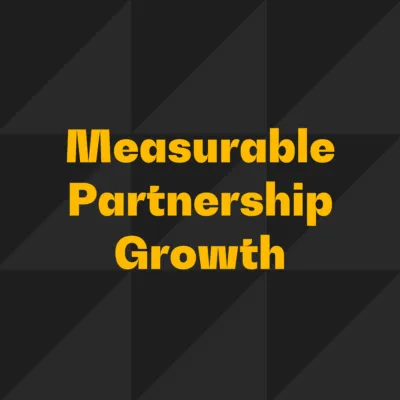CMOs are focused on understanding new consumer behaviors and preferences, and are adapting their marketing strategies to align with how their audiences engage with different channels and devices. But marketing leaders don’t just want to create resonant campaigns; they want to invest in the channels, tactics, messages, and offers that drive the most tangible impact on their business.
Global B2B and B2C brands invest in the BERA platform to assess their current brand performance across audiences, so they can optimize their positioning and best leverage the five P’s to get the best return on their time, money, and effort. But to truly understand the level of impact our customers see, we commissioned Forrester Consulting to conduct a Total Economic Impact™ (TEI) study.
The results, in our opinion, were staggering: Forrester found that the composite organization saw an ROI of 391% within three years and payback in less than six months.
You can download a free copy of the study right now, but feel free to read on to get a high level of the TEI study’s results.
What is a TEI study and how is it done?
If you’ve never read a TEI study, it’s definitely helpful to understand the intentions and the process. TEI studies are a core deliverable from the Forrester Consulting team and many companies (like ours) commission Forrester to do conduct, third-party analysis around how businesses use our technology to support their business goals. To that end, our goal for the project was simple: to quantify how BERA has benefitted current customers, so other organizations can understand the potential financial impact if they choose to invest in Predictive Brand Tech, too.
The Forrester team interviewed executives from four different user organizations about their challenges, goals, and experiences using BERA. Insights and experiences were combined into a single composite organization to represent a global B2C/B2B organization with annual revenues of $10 billion and a strong presence both online and offline. The final ROI was calculated based on benefits of $9.54 million over three years.
The problems with ‘old school’ brand management
We’ve spoken with a lot of our clients over the years, and we think the results from the TEI study reflect a lot of the challenges with “old-school” brand management tools and methods.
Interviewees reported that their organizations used traditional survey providers and brand tracking services to gauge brand perception and performance. While these tools collectively offered in-the-moment perspectives of how brands were tracking, there were no predictive or analytical insights to help marketing teams reach their future goals.
Prior to using [BERA], we used other brand tracking services that provided point-in-time data, but that lacked analytic insight on how to improve our brands.
Manager of consumer insights, telecommunications
Executives were hungry for something more – a tool that empowered them to:
Understand the evolution of brand performance over time
Forrester found that interviewees had tools to understand brand performance in the present moment. This data was frozen in time and didn’t help them see how brand equity and value changed over time.
Make impactful decisions that drove brand growth
Organizations have big goals for their brand, but overall, interviewees said they didn’t have the insights they needed to reach and connect with audiences effectively. Moreover, they couldn’t verify whether their investments (be it in brand or performance marketing) were actually helping them achieve their goals.
Be more forward-looking with their investments
Because senior leaders and other executive decision-makers are always looking for marketing to make an immediate impact, teams often make reactive, short-term decisions. However, Forrester found that many decision-makers had an urge to be more strategic and forward-looking, but simply lacked the analytical capabilities required to make this a reality.
The quantifiable impact of predictive brand management
The quantifiable impact of predictive brand management
Increased attributable net profit
A rich combination of data, metrics, analytic reports, and in-house brand consulting expertise provided the composite organization with tangible measures to grow the brand. The end result was faster brand growth that ultimately increased profits for the business.
Reduced costs
Organizations that participated in the study had a hodgepodge of different apps, solutions, and vendors to support their brand research and analysis. BERA eliminates the need for these disparate solutions and services, which take a lot of time and money to manage, which saves the business a lot of money in the long run.
Productivity gains
The composite organization was able to increase marketing efficiency and reduce spending because it had a wealth of data and reporting that supported better decision-making
Prior to using [BERA], we used other brand tracking services that provided point-in-time data, but that lacked analytic insight on how to improve our brands.
Manager of consumer insights, telecommunications
Measuring the risks, rewards, and costs of investment
Measuring the risks, rewards, and costs of investment
The TEI study results were developed by combining insights from interviews with BERA stakeholders, Forrester analysts, and four representatives at organizations using BERA. As a result, the study’s authors were able to get rich data relative to BERA as an organization, and develop a composite organization that is based on the cumulative costs, benefits, and risks discussed.
The composite organization helps develop a rich picture of potential outcomes, but the TEI study goes a step further to outline:
- Investment objectives
- Solution requirements
- Detailed cost analysis
- Possible risks that will impact results
The Total Economic Impact™ study is rich with qualitative and quantitative data to help you understand the entire BERA journey – from investment to implementation and optimization. Download your copy now to dig into the numbers and let us know if you have any questions!




